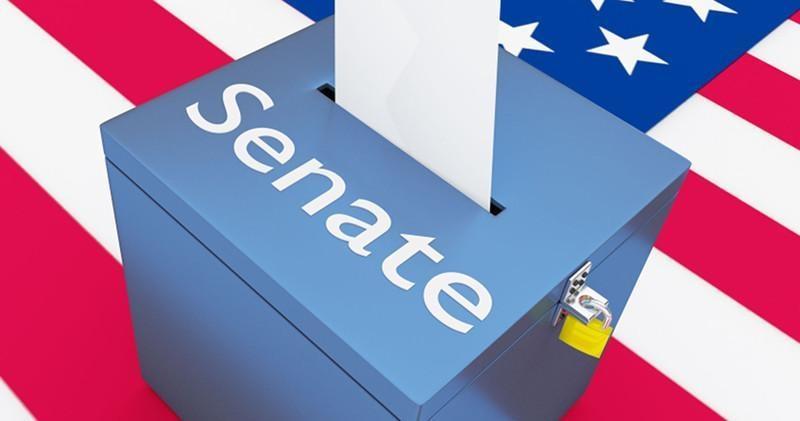
Declaring 2018 anything but the Year of the Woman is heresy by now. It’s consistently, casually mentioned as a matter of fact. This year‘s regarded as a natural succession to 1992, which was the last time an election resulted in the number of women in the House increasing by double digits. But a deeper dive demonstrates more modest gains are on the horizon, according to calculations based on Inside Elections’ current ratings.
Of course, not so long ago, 2016 was sometimes called the Year Of the Woman too, when it seemed inevitable that Hillary Clinton would clinch the presidency. (Full disclosure: I was also at least somewhat guilty in joining that chorus.)
Before 2016 and 1992, the first year of the woman was originally expected to be 1984, when a woman joined a major party presidential ticket. But in November of that year, columnist Maureen Dowd published a cold dose of reality in the New York Times.
“It was billed as the Year of the Woman in American politics,” Dowd wrote. “In the heady days after Geraldine A. Ferraro's historic ascent to the Democratic Vice-Presidential nomination, women's groups predicted an outpouring of volunteers, money and votes that would buoy female candidates of both parties. Now, on the eve of the election, the effervescence has turned somewhat flat.”
Given the past elections in which a “Year of the Woman” never materialized, it’s OK to be skeptical of the narrative. Ahead of November’s elections, however, it’s already clear that 2018 will be different from previous elections in at least some respects: women are protesting in record numbers, and some women candidates are raking in campaign cash (although a gender gap still persists in fundraising). Plus, women are running for office in record numbers, and a record number of women won their party nomination.
What’s yet to be seen is whether those signs of enthusiasm ultimately translate to votes.
In 1984 and 2016, both women on the presidential ticket lost the election, and neither race resulted in a surge of women being elected down ballot. In 2016, the number of women in the House remained stagnant while the number of women in the Senate grew by one. In 1984, the House added one woman while the Senate added none. In 1992, on the other hand, the actual Year of the Woman, the number of women in the Senate grew from 3 to 7, while the number of women in the House surged from 28 to 47, a 68 percent growth.
It’s nearly impossible for 2018 to match 1992 in terms of the number of women voted to the Senate. The Senate will add at least one woman from Arizona to its ranks, as Reps. Martha McSally and Kyrsten...

